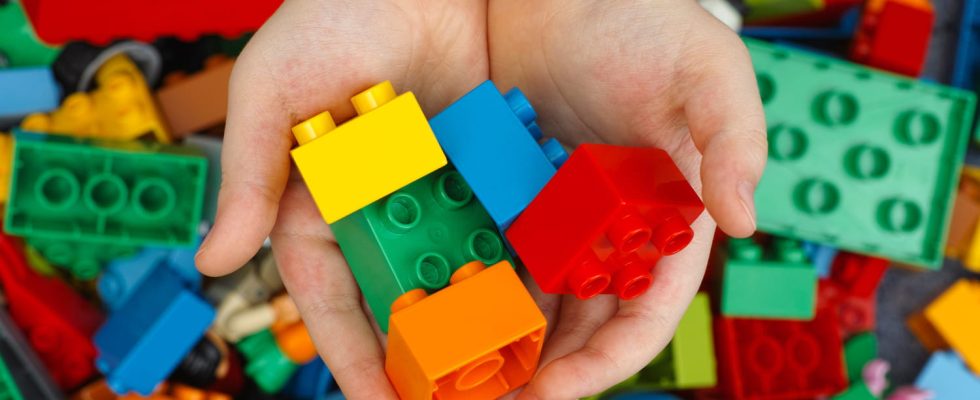The composition of the small bricks poses a problem for the toy manufacturer Lego, which sells nearly 1,000 of them per second.
Lego toys are used by some 400 million children around the world and the Danish company wants to be a model in terms of safety, but also in terms of ethics and the environment. Lego regularly reminds that the company does everything possible to ensure that consumers – children – benefit from the best, safest and most environmentally friendly materials.
Lego’s goal is ambitious and must be achieved in less than ten years: by 2032, the company has committed to only producing toys using sustainable materials. To achieve this, Lego notably unveiled in 2021 a brick prototype made from recycled plastic bottles. Technically, a process allowing the use of recycled polyethylene terephthalate (PET), coming from water or soda bottles, had been presented. A very promising alternative.
However, a spokesperson for the company said Monday, September 25 at CNN and to the Financial Times that Lego officially renounced this project carried out for two years to reduce the environmental impact of its plastic bricks. This solution turns out to be technically too complex: the new manufacturing process would have a higher impact than the current use of petroleum-based plastic according to the manufacturer.
According to the company spokesperson, the use of recycled PET would have required significant investments in new production equipment and would have involved additional steps. Complications which would have resulted in increasing greenhouse gas emissions, going against the objectives of reducing Lego’s carbon footprint.
It also emerged that recycled plastic did not have the same durability and safety as the traditional ABS plastic used by Lego today. In addition, it did not have the same adhesive capacity, an essential element in allowing Lego bricks to fit together securely, while being easily removable.
This is therefore very bad news for parents who are concerned about the future of their children and their grandchildren and many of whom question themselves before purchasing toys that require plastic manufacturing. Remember that Lego produces 4.9 million pieces per hour; nearly 1,000 Lego bricks are sold every second around the world, according to figures from INS, Toy Industries in Europe.
All studies carried out on its environmental impact lead to the same conclusion: plastic is a pollutant that is accumulating on the Earth in a critical manner. As stated by the UN“plastic generates pollution that asphyxiates marine species, it has a negative impact on soils and poisons groundwater, and can have serious health consequences“. Moreover, “it contributes to the climate crisis. Plastic production is one of the most energy-intensive manufacturing processes on the planet.”
However, Lego is not abandoning its commitment to creating environmentally friendly bricks. The company remains committed to producing Lego bricks from sustainable materials by 2032. Lego also reminded the Financial Times that recycled PET was just one of the many materials tested by Lego to replace ABS . These research efforts are an integral part of the company’s strategy to reduce its carbon emissions by 37% by 2032 compared to 2019 levels.
